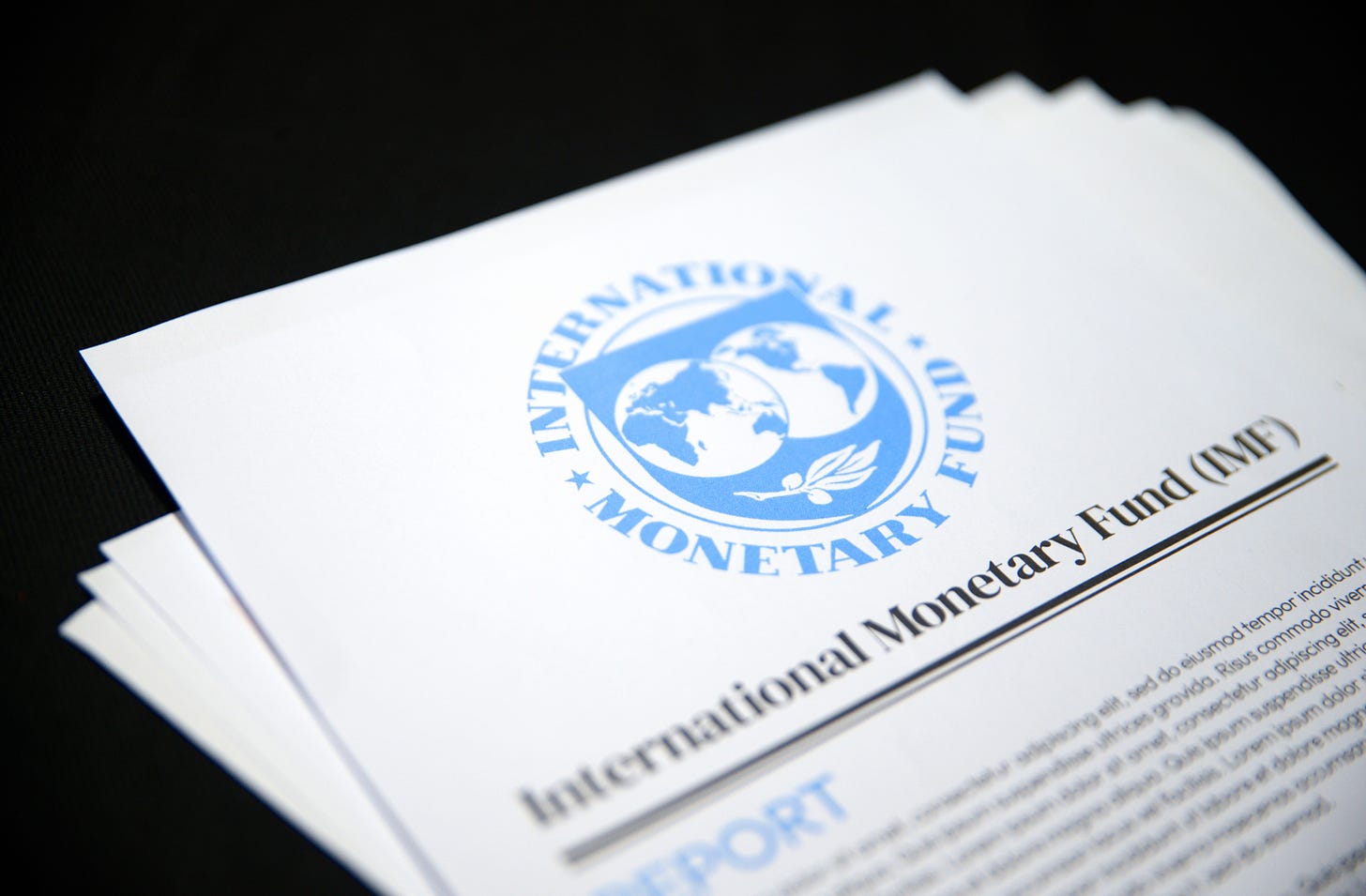Stablecoins as stablization programs for the West
The Genius Act is about more than separating credit functions from payment float. It's a form of forward guidance that says, 'You can trust us, because we have an intent to peg. '
In last week’s Money Stuff newsletter, the inimitable Matt Levine argued that stablecoins are making banking narrower in strange modern ways. He went on to suggest — riffing on Andrew Bailey’s op-ed in the Financial Times — that some central bankers (Bailey, ahem) appear open to the idea, even though not so long ago they would have run a mile.
“In the US, TNB — for “The Narrow Bank” — wanted to issue deposits and park its money in reserves at the Fed, but the Fed said no. It looks like if you tried that in the UK, and called it a stablecoin, the Bank of England might say yes,” Levine wrote.
As the column explains, stablecoins take deposits, issue payment tokens, and invest only in safe assets like government bills. But unlike banks, which back deposits with risky loans, stablecoins separate money from credit. This reflects a broader shift where lending is handled by private credit, while stablecoins — now endorsed by the Bank of England’s Bailey — could evolve into risk-free deposit-taking institutions, potentially with access to BoE accounts.
Keep reading with a 7-day free trial
Subscribe to Cash Equivalence to keep reading this post and get 7 days of free access to the full post archives.



